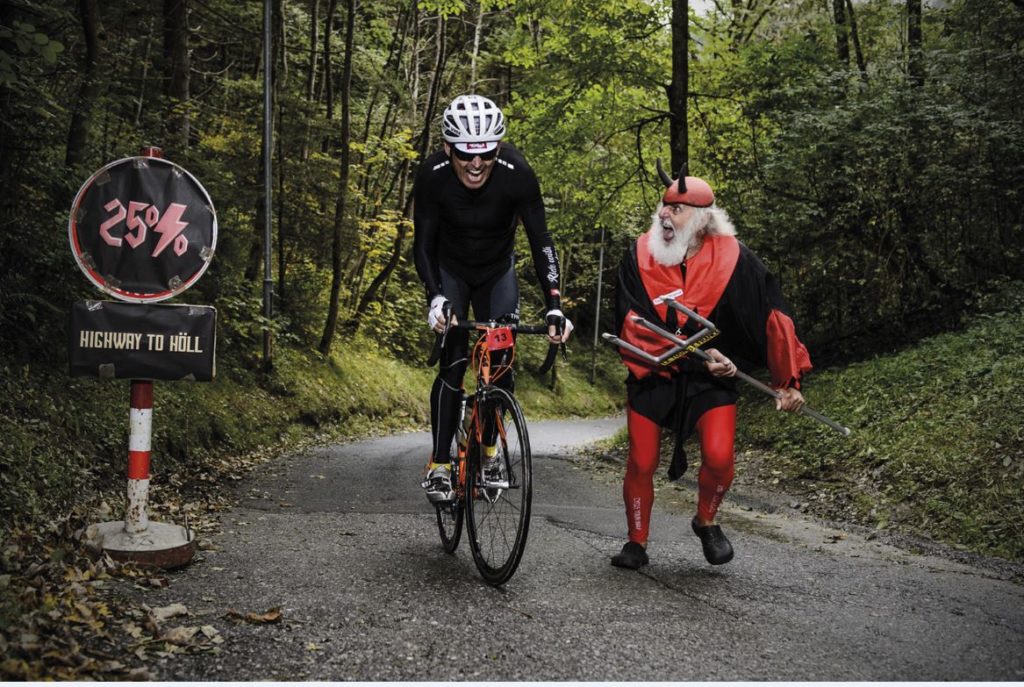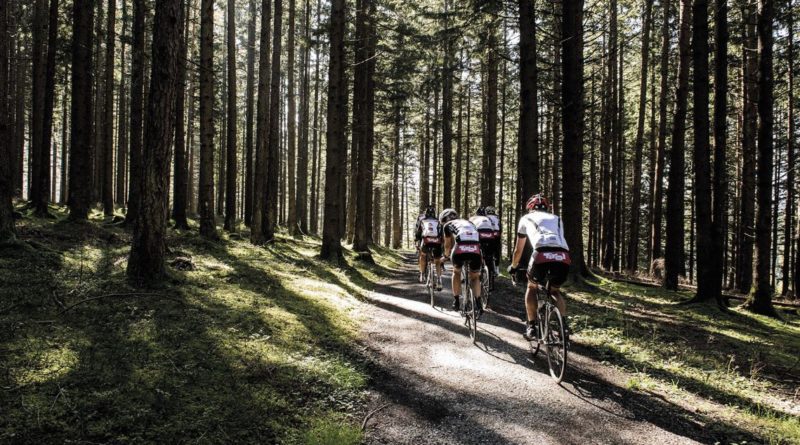OPINION: Is gravel a fad? Or in it for the long haul?
Gravel riding… the practice of riding a certain bike on a certain surface or so much more versatile than that? Paul Errington of Northern Consultancy thinks so…
I have been setting some of the things one can do without spending hoards of budget, against the background of creating a retail space where people really want to return time after time and in some detail, suggesting ways to achieve that.
Gravel riding globally was an adoption of the style of riding started in the Midwest states of the US. Large networks of gravel roads formed the basis of a rider’s cycling diet in these areas. Events were formed around these posing huge feats of endurance that captured the imagination of those looking for a challenge. This interest in these events then piqued the interest of the bike industry and so bikes and specific products were developed. Now it is difficult to find any bike manufacturer who does not offer a gravel bike in their range.
So why did this style of riding grow so rapidly and expand far beyond the gravel road network of the Midwest? Well the answer has a few elements and the reasoning is dependent on the origins of the particular rider’s love of the sport and pastime.
Firstly, let us address the adopted name – ‘gravel bike’ or ‘gravel riding’ – as with anything ‘new’ (I come back to ‘new’ later) has been critiqued. In simplest terms we had to call it something and even if you use your gravel bike for riding the local woods or multi-day bike packing rides it is no less relevant. No one gripes over ‘mountain bikes’ and how many of us legitimately ride them in mountains? For me a gravel bike is simply one that offers a versatility of set up… drop bars are the norm, great tyre clearance whether 700c or 650b and a lot less aggressive in geometry than its cyclocross cousin. Bolt on the accessories you need, or keep it clean. A playful bike for a quick hour or days exploring new ground.
IS GRAVEL RIDING NEW?
Certainly it can be argued in Europe we have seen this style of fully rigid, narrower off-road tyres and a sense of just getting out from your door and exploring trails before… we used to know this as mountain biking. But mountain biking evolved, bikes became suspended and more efficient at covering more aggressive terrain… soon we had to seek out the trails to challenge the bikes and perhaps we lost the appeal of the trails we had once ridden from our home. This is may be one reason why mountain bikers are welcoming a gravel bike into their garage, a nostalgic element to riding reigniting the passion for those local loops.
So where else is gravel drawing its riders from? Well, road cyclists. It is a far more obvious transition from road to gravel; not only do the bikes share the same aesthetic and similar componentry but the position is familiar to all road riders. Not only this but often many gravel rides will combine an element of road so route finding is also not an issue; ride the usual road network but with extra added adventure. 
There is also a more worrying drive to transition to gravel and that’s rider safety. It is difficult to avoid the subject of increasing cyclist injury and fatality as our roads become more congested and the more vulnerable road users are pushed to the kerb… often literally. Gravel affords segregation from traffic whilst still offering some of the attractive elements of road cycling, such as the ability to cover distance and at speed, not to mention safely with a group of friends. Often now road clubs are offering alternate off-road ride options, especially in winter where roads have other dangers. Manufacturers are responding to this by developing more performance-driven product lines to further enable the efficiencies of the road, but in the setting and safety of off-road networks.
What are these riders seeking? Most a sociable riding experience with friends. Opportunity to explore previously unridden trails and do so often without the need to venture far from home. The sociable element is one that is key and its appeal to a diverse range of rider abilities. The way gravel riding started and was viewed by its original adopters was almost one of an alternative culture. Even the early organised events were keen to carve their own place in the world without the need to adopt rules and regulations of their countries national cycling body. Certainly, to date there has been no such thing as a professional gravel riding and no pro-only events. We see a recent shift of road and MTB professionals seeking an ‘alternative’ calendar but when they take the line of a Dirty Kanza or a Grinduro they do so with parity among their fellow riders. In no point in my life did I think I would ride in a race, or even in the same group (briefly), as a cycling legend such as Sven Nys and that happened at Kanza. This is what gravel is about – parity and community.
WILL GRAVEL RIDING ENDURE THE TEST OF THE BIKE INDUSTRY?
We exist within a pastime whose industry evolves at a frightening pace. The level of investment in product development is huge as brands strive to break new ground and offer riders a better experience. Often this can result in trends that emerge but quickly get left in the wake of their replacements; fat bikes are a great example. Is gravel the new fat bike? I would argue no. What gravel has is a draw from all aspects of cycling… even some gravity-focused brands have seen their customers want to own something a little different for longer rides and exploring. So, the pool of riders is so much bigger to support the growth.
The style of riding is not something completely new, just a differing approach and interpretation of something we have seen before. We know from experience the cyclical nature of some elements of cycling, but ultimately these elements always endure in some format. In terms of versatility we are already seeing how gravel bikes are being differently interpreted dependent on the geography and so the ability of a bike to function across a number of tasks offers a strong argument for product investment.
So, what will we see in the future for gravel? I think more of the same and that’s development of the products and further interpretation of the riding style. It is clear from its short time in existence gravel riding has been embraced by many and the passion for it will offer the industry just cause to continue to invest on a similar scale. Already we see the major bike and componentry manufacturers offering specific lines to improve the gravel experience.
We looked briefly at pro riders and their adoption of gravel. This is an area that will no doubt cause further discussion. In my opinion, though gravel riding may eventually lose a degree of its grass roots event and ride feel it should always retain its identify and heritage. Though the excitement of riding with top tier athletes should be, where possible, facilitated it should never be at the sacrifice of riders who don’t hold a pro contract. Parity and community are the strengths in gravel and will continue its growth if we always keep one eye on these elements.
Northern Consultancy generates impactful brand exposure through positive consumer experiences. Formed in 2015 it focuses specifically on the PR and Marketing challenges within new and developing sectors of the cycling industry. www.northern.cc



